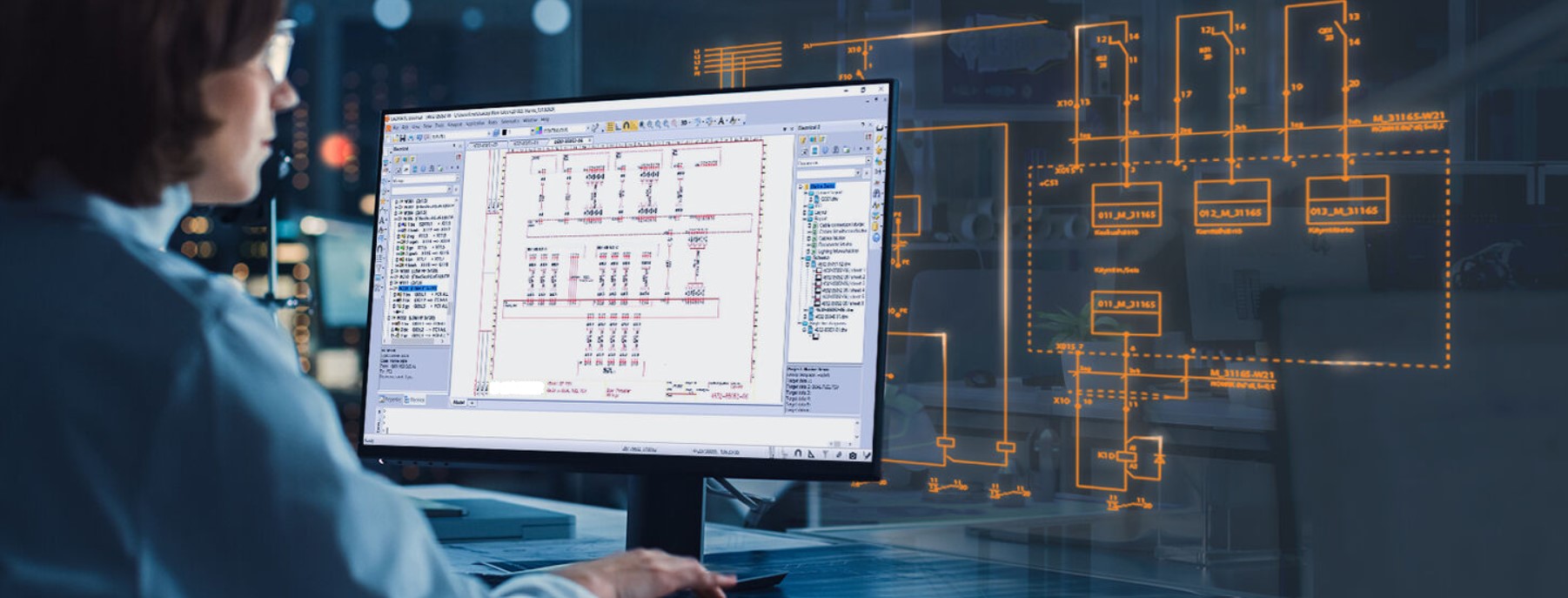Cutting-edge Electrical Design Solutions for Modern Infrastructure
As urban atmospheres grow significantly complex, including technologies such as wise grids and sustainable power sources ends up being vital. These advancements not just assure to maximize energy usage however likewise foster strength against future demands.
Significance of Cutting-edge Electric Design
Ingenious electric design plays a vital function in modern-day facilities, influencing not only performance yet additionally sustainability. As cities evolve and the demand for power rises, the demand for advanced electric systems comes to be paramount. These systems should not just satisfy present demands but likewise expect future development and technical advancements.
A well-executed electric design can dramatically minimize energy consumption, therefore lowering functional expenses and reducing ecological effect. By incorporating eco-friendly energy resources, such as solar panels and wind turbines, cutting-edge layouts can improve energy independence and resilience. Furthermore, smart grid technologies enable real-time monitoring and administration of power distribution, optimizing performance and reducing waste.
Safety is one more crucial element of electric design. Executing rigorous requirements and innovative modern technologies can reduce dangers related to electric failures, making sure a safe and secure environment for organizations and residents alike. In addition, innovative styles assist in flexibility, enabling frameworks to incorporate arising innovations flawlessly.
Trick Trends in Electric Design
As the landscape of electric design remains to develop, a number of crucial patterns are shaping the future of the industry. One significant trend is the assimilation of wise modern technology into electrical systems. The spreading of the Net of Points (IoT) has actually enabled real-time monitoring and control of electric tools, enhancing effectiveness and helping with anticipating upkeep.
Another fad is the expanding focus on modular design. This technique enables for scalable and versatile remedies, allowing framework to adjust to transforming needs without considerable improvements. In addition, using advanced simulation devices and Structure Details Modeling (BIM) is becoming significantly widespread, enhancing the design process and boosting cooperation among stakeholders.
Additionally, improvements in products science are resulting in the development of lighter, extra sturdy, and energy-efficient elements. This innovation is especially crucial for high-performance buildings and infrastructure jobs.
Last but not least, there is a significant shift towards data-driven decision-making - electrical design services. Leveraging information analytics assists developers maximize systems for performance and cost-effectiveness. With each other, these patterns signify a transformative era in electrical design, boosting capability, sustainability, and durability in modern-day facilities
Lasting Energy Solutions
Lasting power options are progressively ending up being a critical emphasis in electrical design, showing a wider commitment to ecological duty and source efficiency. These options aim to lessen environmental effect while maximizing energy intake in different facilities, from household buildings to big commercial centers.
One of the primary strategies entails the integration of renewable resource sources, such as solar panels and wind generators, right into electrical systems. This not just decreases dependency on fossil fuels but additionally enhances energy durability. Furthermore, innovative power storage space systems, such as advanced batteries, make it possible for effective monitoring and circulation of energy, guaranteeing that excess power produced throughout height manufacturing can be made use of during high need durations.
Additionally, Homepage energy-efficient design methods are being embraced to boost general system efficiency. This includes utilizing energy-efficient lighting, cooling and heating systems, and clever building innovations that see this website check and adjust power use based upon tenancy and environmental conditions.
Smart Grid Technologies
The application of lasting power remedies normally leads to the expedition of wise grid innovations, which play an essential function in modernizing electric systems. Smart grids take advantage of advanced interaction technologies and information analytics to improve the reliability, performance, and sustainability of electricity distribution. By integrating digital modern technology with conventional grid infrastructure, these systems facilitate real-time surveillance, automated control, and boosted decision-making capacities.
One of the key functions of wise grids is their capacity to suit renewable resource resources, such as solar and wind power. This adaptability not only lowers dependence on nonrenewable fuel sources but likewise permits for a much more decentralized energy manufacturing version. Smart grids allow demand feedback programs, where customers can adjust their energy use based on real-time pricing, thus promoting energy preservation and lowering peak lots needs.
In addition, wise grid modern technologies boost grid strength by allowing quicker identification and resolution of interruptions, ultimately reducing downtime. With anticipating maintenance and analytics, utilities can enhance procedures and improve solution delivery. As cities and neighborhoods proceed to progress, smart grid innovations are vital for building a reliable and lasting electric framework that meets the needs of modern culture.

Future-Proofing Facilities
To ensure lasting stability and versatility, future-proofing facilities is important in the rapidly progressing landscape of electric design solutions. As innovation advances and energy demands shift, it is crucial that electrical systems are developed with adaptability in mind. This involves incorporating scalable options that can fit future upgrades without necessitating substantial overhauls.

Additionally, sustainability has to be a foundation of future-proofed layouts. Making use of sustainable energy resources, such as solar and wind, and optimizing energy efficiency minimize dependence on nonrenewable fuel sources, straightening with international initiatives to fight environment change.
Conclusion
In verdict, cutting-edge electric design solutions play a critical role in shaping modern-day infrastructure. By focusing on sustainability, adaptability, and efficiency, these services deal with the advancing needs of energy systems. The combination of clever grid modern technologies and sustainable power remedies enhances strength and decreases functional prices. Future-proofing framework via sophisticated simulation tools and modular approaches guarantees that electrical systems continue to be responsive to changing needs, ultimately adding to Home Page a more sustainable and energy-independent future.
A well-executed electrical design can considerably reduce energy intake, therefore reducing operational expenses and reducing ecological influence. By integrating renewable power sources, such as solar panels and wind generators, innovative layouts can enhance power independence and strength. In addition, cutting-edge energy storage space systems, such as innovative batteries, allow effective management and circulation of power, making sure that surplus energy created during optimal production can be utilized throughout high demand durations.
Smart grids enable demand feedback programs, where consumers can change their power usage based on real-time rates, thus promoting power preservation and decreasing peak lots needs. (electrical engineering design services)
As innovation breakthroughs and energy needs change, it is critical that electrical systems are created with flexibility in mind.
 Alfonso Ribeiro Then & Now!
Alfonso Ribeiro Then & Now! Hallie Eisenberg Then & Now!
Hallie Eisenberg Then & Now! Bill Murray Then & Now!
Bill Murray Then & Now! Katey Sagal Then & Now!
Katey Sagal Then & Now! Megyn Kelly Then & Now!
Megyn Kelly Then & Now!